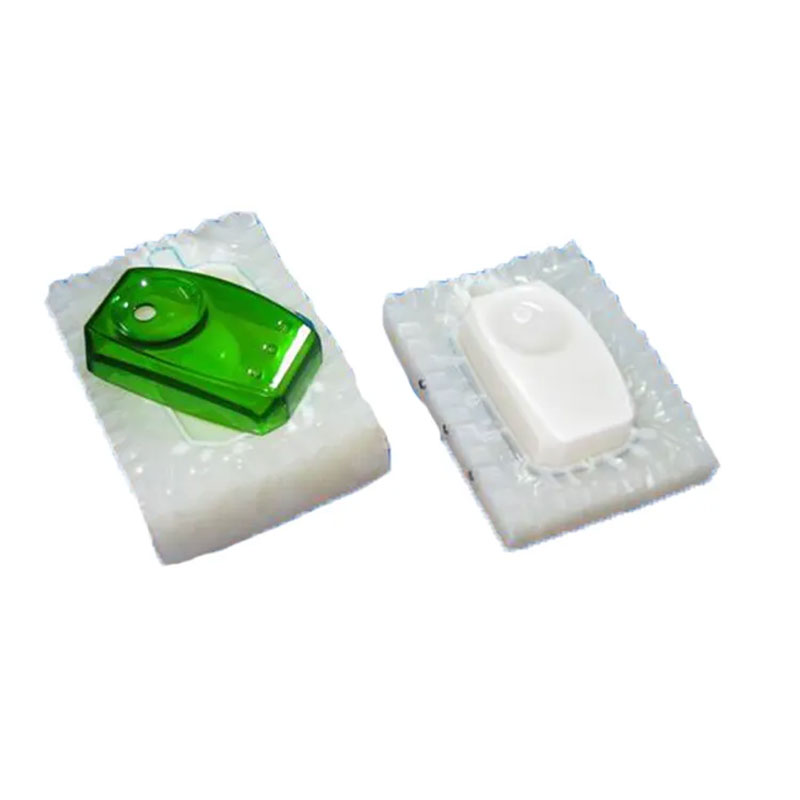Using any cutting tool when CNC machining with titanium is usually a bad idea. Here is how to choose the right cutting tools for milling titanium or when using other CNC machining techniques.

Take into Consideration the Cutting Tool’s Number of Flutes
You must increase the number of end mill flutes to get product cycle times. For titanium, more teeth equals less chatter. For instance, a 10-flute end mill, while tight for the chip loads ideal for most materials, is perfect for use with titanium. This is primarily due to the need to reduce radial engagements.
Avoid Interrupted Cuts and Keep Cutting Edge Sharp
Due to its low Young’s modulus, titanium is strong and elastic. This means that to efficiently and without rubbing remove a chip from the surface, we need a sharp tool.
Avoid interrupted cuts as much as possible since they can hammer chips into your sharp-edged tools, possibly leading to early tool failure.
Take Cutting Tool Coating into Consideration
Coatings can greatly improve your tooling’s capacity to endure the heat produced by titanium. TiAlN (Titanium Aluminum Nitride) is a suitable coating to consider. It imparts lubricity to combat built-up edges, galling, and chip welding and is especially well suited to the temperatures experienced in machining.
Try High-Feed Mills when Machining Titanium
High-feed mills are suitable for keeping engagement low when working with axially and radially titanium. These tools are specifically made to perform that task effectively.


